What is 'Burden of proof'?
The principle of Burden of proof is based on the concept of onus probandi (burden of proof)
and factum probans (proving a fact).
The phrase ‘burden of proof’ is derived from the Latin phrase, ‘ONUS PROBANDI’; which
means the obligation to prove an assertion or allegation that one makes. The term ‘burden
of proof’ has it root to a Latin maxim “ei incumbit probatio qui dicit, non qui negat”; which
means “the burden of the proof lies upon him who affirms not he who denies.” Through this
maxim, it was well established that a person is considered innocent unless proven guilty.
The burden of proof determines which party is responsible for putting forth evidence and
the level of evidence they must provide in order to prevail on their claim. It is a legal
standard which emphasise a claimant to demonstrate that a claim is valid or invalid based
on the facts and evidence so presented.
In simple language, it may be understood as an evidentiary standard. The interpretation of
the burden of proof is explained hereunder, in respect of various laws.
Indian Evidence Act, 1872:
The Law of Evidence is a critical piece of legislature which supplements Court’s proceedings.
Evidence is the material that establishes a claim or an assertion and enables the Court to
come to a just decision. Oral or documentary evidence should be produced before the Court
to prove or disapprove respective contentions of both parties. The rule of evidence requires
the respective parties to place the best evidence in hand to establish their assertion beyond
the reasonable doubt. The normal law relating to the Burden of Proof and its onus is given
under the provisions of the Indian Evidence Act, 1872. Under Indian law, until and unless an
exception is created by law, the burden of proof lies on the person making any claim or
asserting any fact.
Section 101 of Indian Evidence Act: Whoever desires any Court, to give judgment as to any
legal right or liability dependent on the existence to facts which, he asserts, must prove that those facts exist. When a person is bound to prove the existence of any fact, it is said that the burden of proof lies on that person. Chapter VII of the Act deals with provisions under
burden of proof. The term “burden of proof” isn’t defined in the Act, however, it is the
rudimentary principle of criminal that, that the presumption of innocence lies with the
accused unless proven otherwise
Under Civil Law:
In almost every legal proceeding, the parties are required to adhere to important rules
known as evidentiary standards and burdens of proof. These rules determine which party is
responsible for putting forth enough evidence to either prove or defeat a particular claim
and the amount of evidence necessary to accomplish that goal. The burden of proof
determines which party is responsible for putting forth evidence and the level of evidence
they must provide in order to prevail on their claim. In most cases, the plaintiff (the party
bringing the claim) has the burden of proof.
The burden of proof has two components. First, the plaintiff must satisfy the burden of
production, which has also been referred to as the burden of going forward. As the terms
suggest, this burden requires the plaintiff to put forth evidence in the form of witness
testimony, documents, or objects. After the plaintiff presents his or her case-in-chief, the
burden of production shifts to the defendant, who then has the opportunity to provide
evidence either rebutting the plaintiff’s evidence or supporting the defendant’s own
arguments.
Under Indian Penal Code:
In criminal cases, the principle remains constant that the initial burden is on the prosecution
to establish that the accused has committed a crime. If the prosecution fails to establish
beyond reasonable doubt that the accused is guilty, the accused is entitled to an acquittal. If
burden of proof is put on the shoulders of the wrong party, the Supreme Court states that
this would vitiate the entire judicial system. Whether or not reasonable doubt exists will
ultimately depend on how a judge or jury views a particular case. The decision should be
based on “reason and common sense after a careful and impartial consideration of all evidence” in a case. Some courts explain that beyond a reasonable doubt means that there
is “proof of such a convincing character that a reasonable person would not hesitate to rely
and act upon it.”
Under the Income Tax Act:
Various provisions under Income Tax Act relating to charging a receipt as income, or relating
to claim of exemption and deduction, put burden of proof on either the assessee or on the
Revenue. During the course of discharge of such burden, in the income tax proceedings, the
obligation to prove or disprove a fact oscillates between assessee and Revenue. Such
oscillating obligation during the course of discharge of burden of proof is called “onus”.
What is ‘Onus of Proof’?
The onus of proof is not defined anywhere in the Evidence Act, however, the provisions
relating to the same is provided under the Evidence Act and under many judgments given by
the court. Further, there is a general rule in the criminal law that it is the duty of the
prosecution to proof the burden in the case, however, when the accused calls upon to proof
the burden is an exception to the above generality, this we called that onus of proof falls on
accused to proof his case under an exception. The term ‘Onus of Proof’ is the burden to
produce actual evidence that can be shift from one to another party and such shifting is the
continuous process in the evolution of evidence. In the case of Jarnail Sen v. State of Punjab,
if the prosecution fails to adduce the satisfactory evidence to discharge the burden, they
cannot depend upon the evidence adduced by the accused person in support of their
defence.
Difference betwixt Burden Of Proof and Onus Of Proof:
The burden of proof lies upon the person who has to prove a fact and the burden remains
constant which never shifts while on other hand onus shifts from one to another. In the case
of Addagada Ragavamma & Anr v. Addagada Chenchaamma & Anr., Supreme Court held
that there is an essential distinction between the burden of proof and onus of proof; the first one is the burden to prove the main contention of the party requesting the action of
the court, while the second one is the burden to produce actual evidence.
The term burden of proof has two different meaning one is Burden of proof to establish a case
and the other burden to adduce evidence which is also known as the onus of proof, thus we
can say the onus is nothing but one part of Burden of proof which is unstable and has a
feature of shifting.
Burden of Proof under GST Act:
Sec. 155 of CGST Act: Where any person claims that he is eligible for input tax credit under
this Act, the burden of proving such claim shall lie on such person.
As per section 155, the burden lies on the person who asserts the claim of input tax credit;
this claim is the principal fact i.e. factum probandum to be proved. He must prove the fact
that he is eligible for that ITC and the burden does not lie upon the GST officer who denies
it.
Since there is no specific definition of Burden of Proof is given; neither the manners in which
it should be proven specifically by the person claiming eligibility for input tax credit, this
Section 155, twists our arm to refer the provisions made for claiming input tax credit.
Relevant provisions of Input Tax Credit; in respect of which Sec. 155 loads the burden:
Chapter V of the CGST ACT 2017 contains the provisions of ITC. The eligibility, conditions,
apportionment, ineligibility and distribution of ITC, apart from recovery of credit distributed
in excess, have been provided in different sections (Sec. 16 to Sec. 21) of this chapter.
Section 41 provides that every registered person is entitled to take the credit of eligible
input tax, as self-assessed, in his return, subject to such conditions and restrictions as may
be prescribed.
In order to prove the claim, he has to prove certain other set of facts from which this legal
right necessarily arises; he must demonstrate the evidentiary facts from which this right
follow immediately or by inference i.e. factum probands. Following are the set of facts
which a registered person must prove:-
I. The first and foremost thing a person has to prove is that he has a genuine
transaction with his supplier, resulting the supply of goods or services or both. It should
not be a sham, bogus or fake transaction
II. The said supply of goods or services or both are used or intended to be used in
the course or furtherance of business.
III. The goods or services or both must be used by “him” only in the course or
furtherance of “his own business”.
IV. He has received the goods or services or both.
V. He has paid the supplier of goods or services or both, other than the supplies on
which tax is payable on reverse charge basis, the amount towards the value of supply
along with tax payable thereon within a period of one hundred and eighty days from the
date of issue of invoice by the supplier.
VI. He has not taken input tax credit in respect of any invoice or debit note for supply of
goods or services or both after the due date of furnishing of the return under section 39 for the
month of September following the end of financial year to which such invoice or invoice
relating to such debit note pertains or furnishing of the relevant annual return, whichever is
earlier.
This burden of proving the claim remains on the person who claims ITC. It never shifts. But,
what documentary evidences must a person produce to prove his claim of ITC. As the
burden of prove lies on the registered person, the burden of adducing evidence also rests
on the person who claims ITC. If no evidence is produced, he will lose his right. This is
termed as onus of proof i.e. onus probandi. He has to produce before the authority
appropriate and sufficient evidence. Whereas appropriateness refers to the relevance and
reliability of the evidence, sufficiency refers to the quantum of evidence. Sufficiency is related to the volume of evidence and appropriateness is related to the quality of evidence.
Relevance means pertinence or aptness. It is concerned with what type of evidence is apt to
confirm an assertion of a transaction, leading to the proving of the claim. The CGST RULE,
2017, itself stipulates what documents are necessary for this claim and those are provided
in Rule 36. As per rule 36, the input tax credit shall be availed by a registered person,
including the Input Service Distributor, on the basis of any of the following documents,
namely,-
(a) an invoice issued by the supplier of goods or services or both in accordance with the
provisions of section 31;
(b) an invoice issued in accordance with the provisions of clause (f) of sub-section (3) of
section 31, subject to the payment of tax;
(c) a debit note issued by a supplier in accordance with the provisions of section 34;
(d) a bill of entry or any similar document prescribed under the Customs Act, 1962 or rules
made there under for the assessment of integrated tax on imports;
(e) an Input Service Distributor invoice or Input Service Distributor credit note or any
document issued by an Input Service Distributor in accordance with the provisions of subrule (1) of rule 54.
The authority is not concerned about the Tax Invoice, debit note etc, but they are concerned
about the content of the documents. If content of the document is not proved, it is mere a
piece of paper. Here comes the concept of standard of proof.
Standard of proof means the degree of proof required for any fact in issue in any
proceeding/litigation which is established by assessing all the evidence relevant to it. It is
the degree of certainty by which an authority must be persuaded. In other words, the term
“standard of proof” specifies how difficult it will be for the claimant bearing the burden of
persuasion to convince the authority of the facts in its favor.
Three primary standards of proof exist in common law. From lowest to highest degree of
certainty required, they are: (1) preponderance of the evidence, (2) clear and convincing
evidence, and (3) beyond a reasonable doubt.
Preponderance of the evidence is the standard of proof for most issues in civil litigation. In
contrast, proof beyond reasonable doubt is required for conviction in criminal cases. Clear
and convincing evidence represents an “intermediate standard” between preponderance of
the evidence and reasonable doubt. The Preponderance of evidence rule requires a person
to persuade the authority by sufficient evidence that the existence of a fact (in this case the
claim of ITC) is more probable than its non-existence. The proof is not of certainty, but of
greater probability. Therefore, one has to produce sufficient documents as under, to the
satisfaction of the authority to establish his claim.
I. A true and correct account under section 35 of –
(a) Production or manufacture of goods;
(b) Inward and outward supply of goods or services or both;
(c) Stock of goods;
(d) Input tax credit availed;
(e) Output tax payable and paid
II. Payment document of the integrated goods and services tax under section 3 of the
Customs Tariff Act, 1975 in respect of goods imported
III. Matching of every inward supply with the corresponding details of outward supply
furnished by the corresponding registered person in his valid return for the same tax period
or any preceding tax period [Section 42(1)(a)]
IV. Document of payment to the supplier
V. E-way bill, if required
VI. Transport document in case of inward supply of goods
VII. Document of payment to the transporters, whenever required
VIII. Creditor’s ledger
IX. Other statutory returns, Audit report, certificate
The burden to lead evidence lies on the registered person to prove the case prima facie. If
ITC is not proved then the claim would be considered as a fake and a claimant would be
considered as a fraudster. So, whenever there a claim of ITC exists, the authorities based on
such provisions, look the same as ‘smell fishy’.
All discussed hitherto; is about a claim of ITC, by a genuine and honest taxpayer. But, there
is a provision which makes a genuine & honest taxpayer disgruntled despite s/he fulfil all the
implied terms of burden of proof as above.
Section 16 (2) (c) of GST Act: Tax actually paid to the Government:
As per sec 16, (2)(c) of the CGST Act, Input Tax credit in respect of supply is available to the
recipient only if tax charged on such supply has been actually deposited with the
Government by the supplier. It can be paid to the credit of appropriate Government either
in cash or through the utilization of Input Tax Credit admissible.
This is subject to section 41 and section 43A of the CGST Act, which provides that the
registered person can take ITC on a self-assessment basis, which will be credited on a
provisional basis to his electronic credit ledger.
Further, Rule 86A has been introduced vide notification No 75/2019 w.e.f. 26.12.2019. It
empowers the revenue authorities to restrict the credit available to the recipient. Credit will
be blocked where the government has a reason to believe that credit of input tax has been
availed on the basis of documents against which no tax has been paid into the Government
treasury.
A genuine buyer purchases some goods from a seller; pays the consideration of the goods;
received the purchase bill; use the goods in the furtherance of his own business; and claims
the ITC with fulfilment of all the other conditions would get ‘facepalm’ merely as a result of
not payment of such tax by seller to government treasury.
In such case the purchaser would not be allowed to claim ITC merely for the reason that the
seller who collected the tax has not deposited the same.
What there may be the reasons for non-payment of tax?
• The seller may be fraudster; practicing in skulduggery,
• The seller met severe disease; say coma,
• The seller met some accident or became victim of some natural calamity,
• The seller became insolvent or suffered a huge business loss,
• Or maybe something else!
Whatever reason there maybe but the genuine purchase is at no fault on his part. There is
no involvement of buyer either in seller’s wrongdoings or dire circumstances. He paid the
consideration with tax amount to the seller, with a good faith that the seller would deposit
the tax amount through his upcoming return.
As the principle of Burden of proof is based on the concept of onus probandi (burden of
proof) and factum probans (proving a fact); the question here arises – How the purchase
would be able to prove the fact of his genuine claim of ITC where the seller’s intentions
and/or circumstances did not effectuate making of payment?
Section 16 (2) (c) is instantiating that idiom ‘Rob Peter to Pay Paul’ because it denies the
purchaser to claim such ITC, for which seller has not paid/deposited the tax and thus shifts
the incidence of tax from the supplier/seller to buyer/purchaser. Thus, this provision treats
a ‘innocent buyer’ to a ‘guilty buyer’ which is an arbitrary and violative to the Article 14,
Article 19(1)(g) and Article 300A of the Constitution of India.
As there no specific manners are provided in which burden for claiming eligibilities of
input tax credit are to be proven by the person claiming the same i.e. buyer/purchaser;
Section 16 to Section 21 speaking about the terms & conditions for claiming ITC, are
considered as a vital part of the burden of proof. But, Sec. 16 (2) (c) is directing the
buyer/purchaser to prove the fact which out of his ambit and restricts him to enjoy his
genuine right of claiming ITC; nonetheless he paid the consideration to the supplier and
fit to all the eligibilities.
Author’s suggestion:
(i) The burden of proof is required to be defined precisely, under GST Act,
wherein Section 16 (2) (c) should be excluded.
(ii) The cases fit to the circumstances laid down in Section 16 (2) (c) should be
selected for the assessment and the ITC should be denied (not before the
assessment) only and only if, the authority find there some reason which
establish the buyer a guilty along with the seller or the omnium gatherum of
both the purchaser & seller, is found.

Kamal Soni
Tax Advocate
Author can be reached at email id : k.soni1072@gmail.com

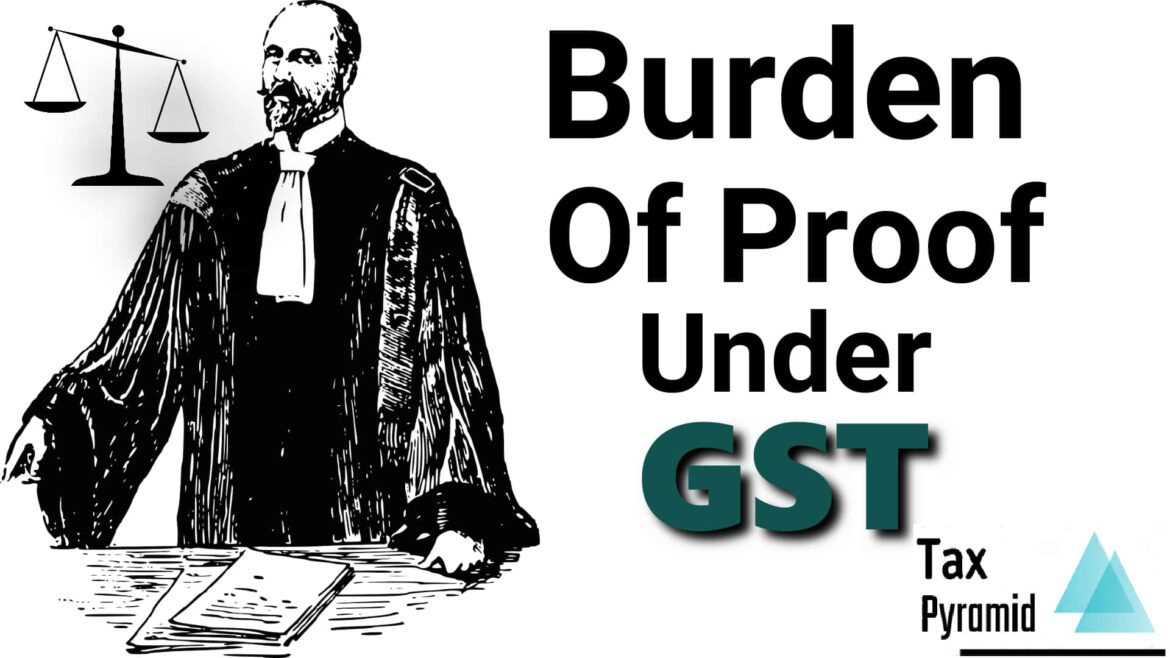

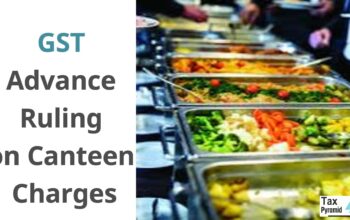
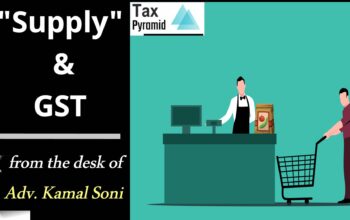
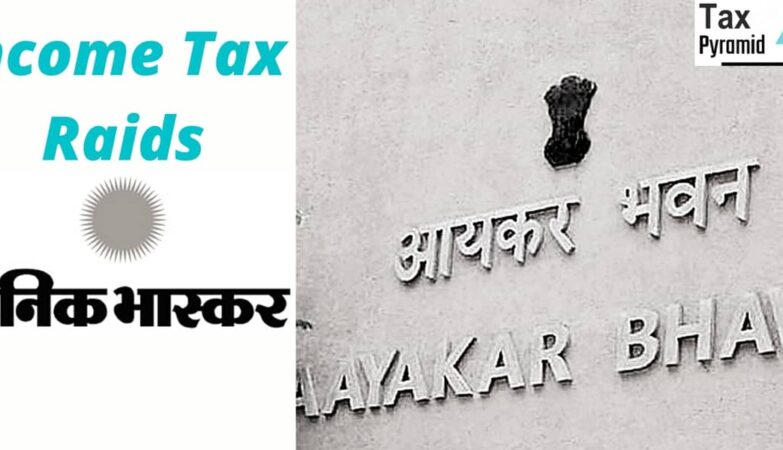

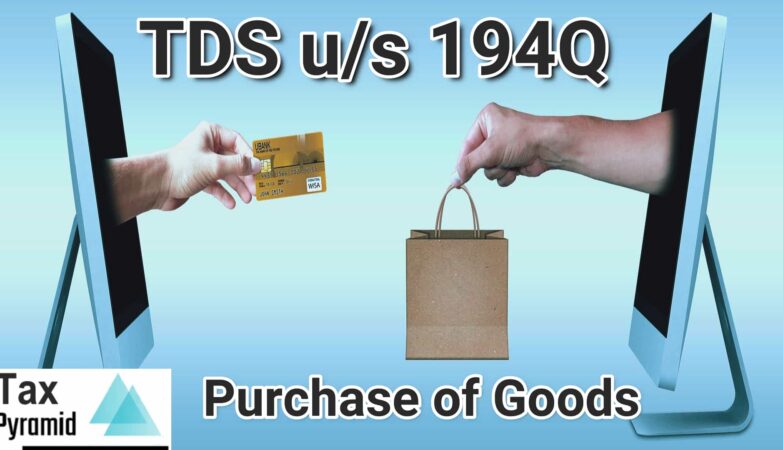
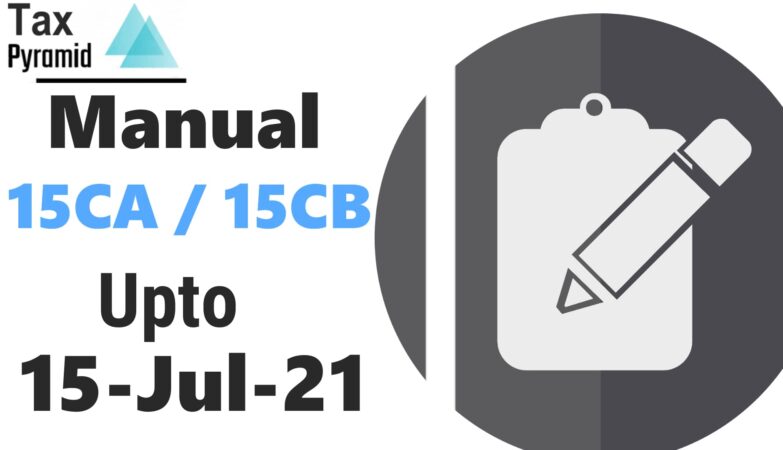
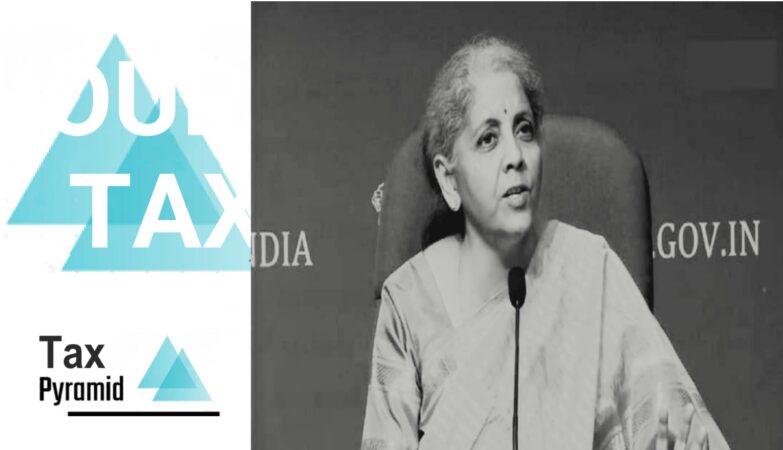
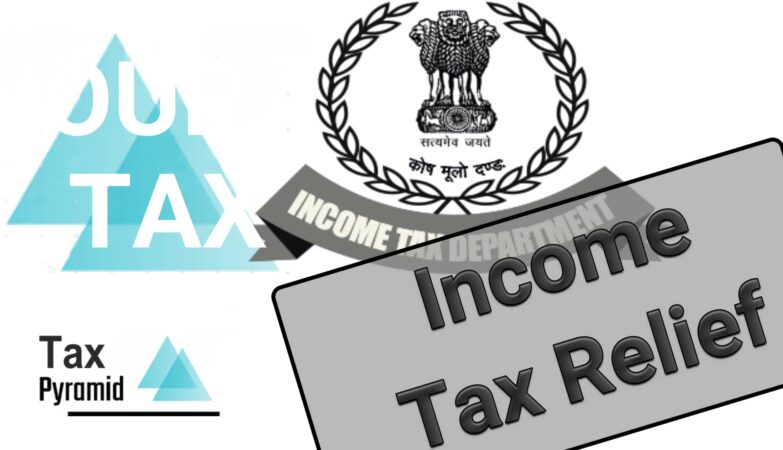
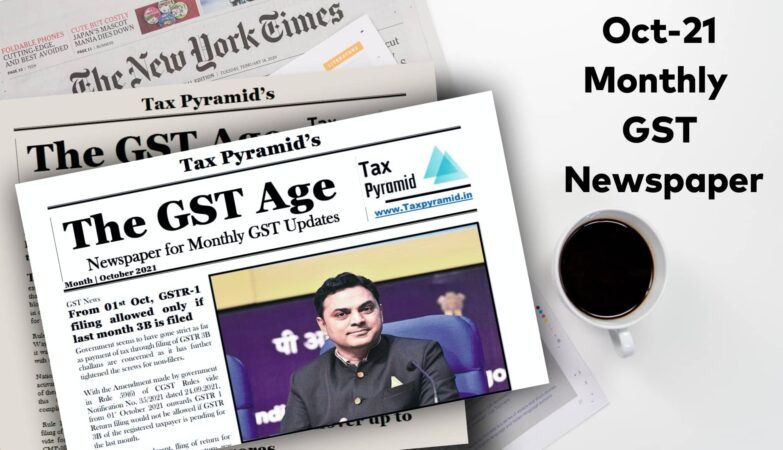

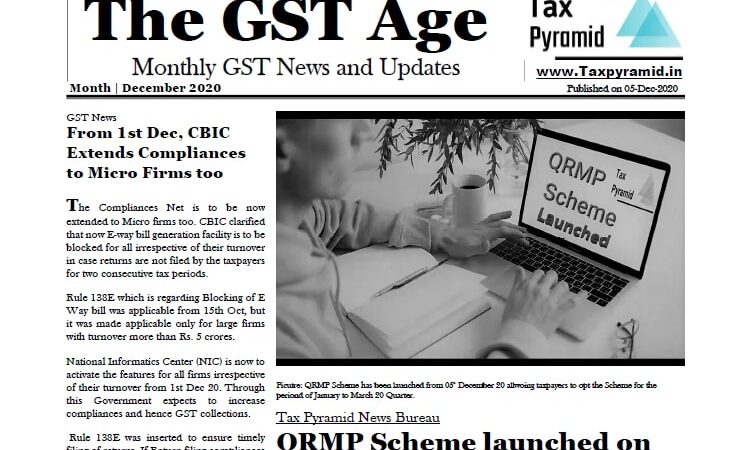
I totally agree the standpoint of upstairs. I often surfing on this forum when I m free and I find there are so much good information we can learn in this forum!
Hi, I do believe this is an excellent web site. I stumbledupon it 😉 I am going to revisit yet again since i have book-marked it. Money and freedom is the greatest way to change, may you be rich and continue to guide others.